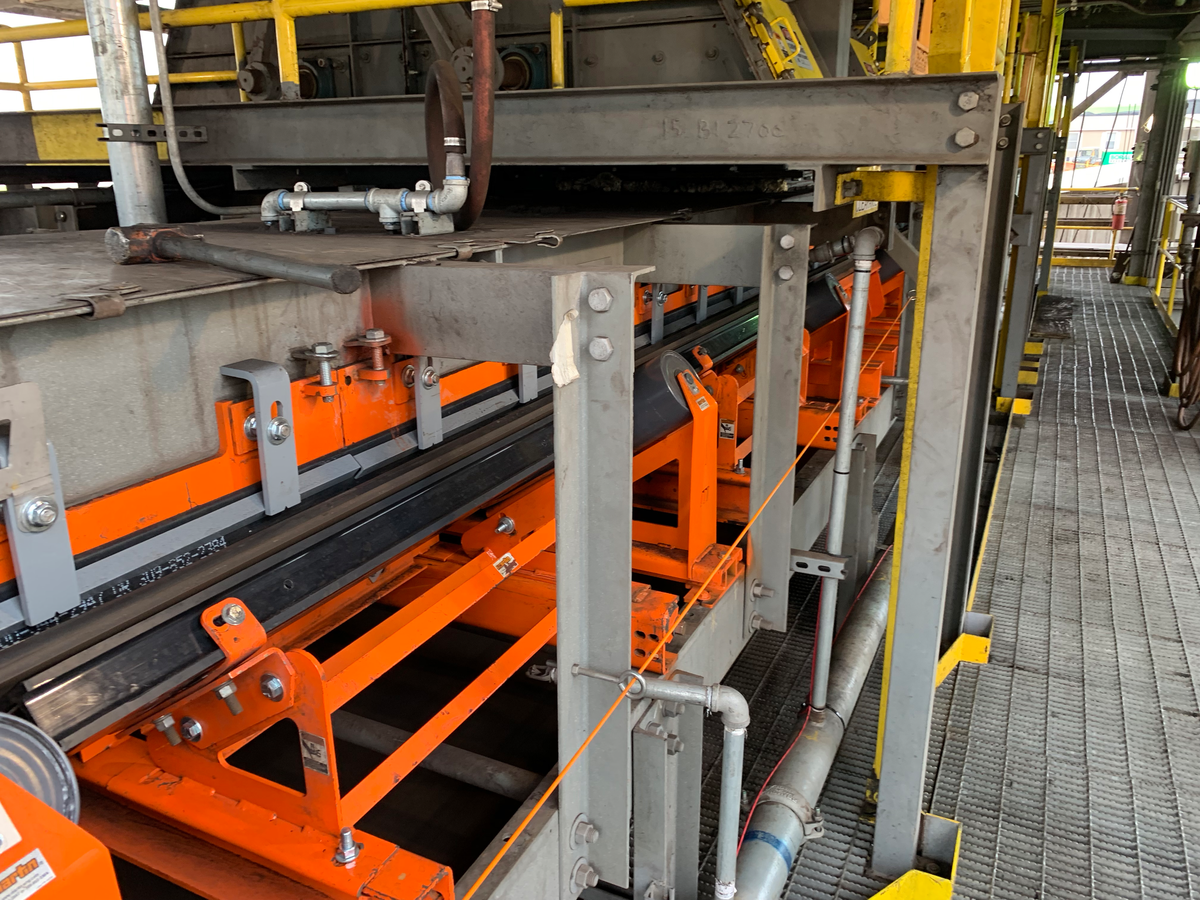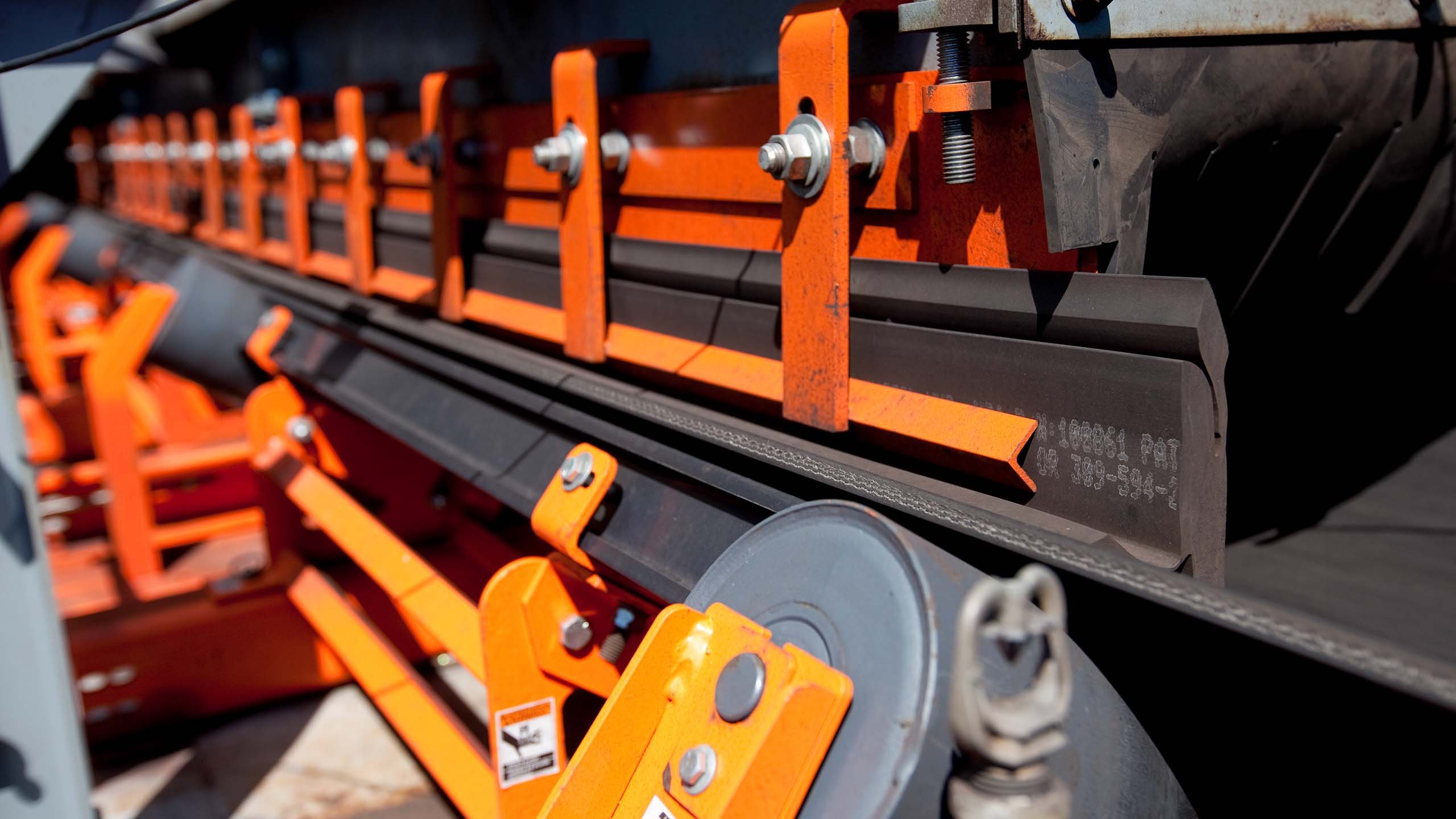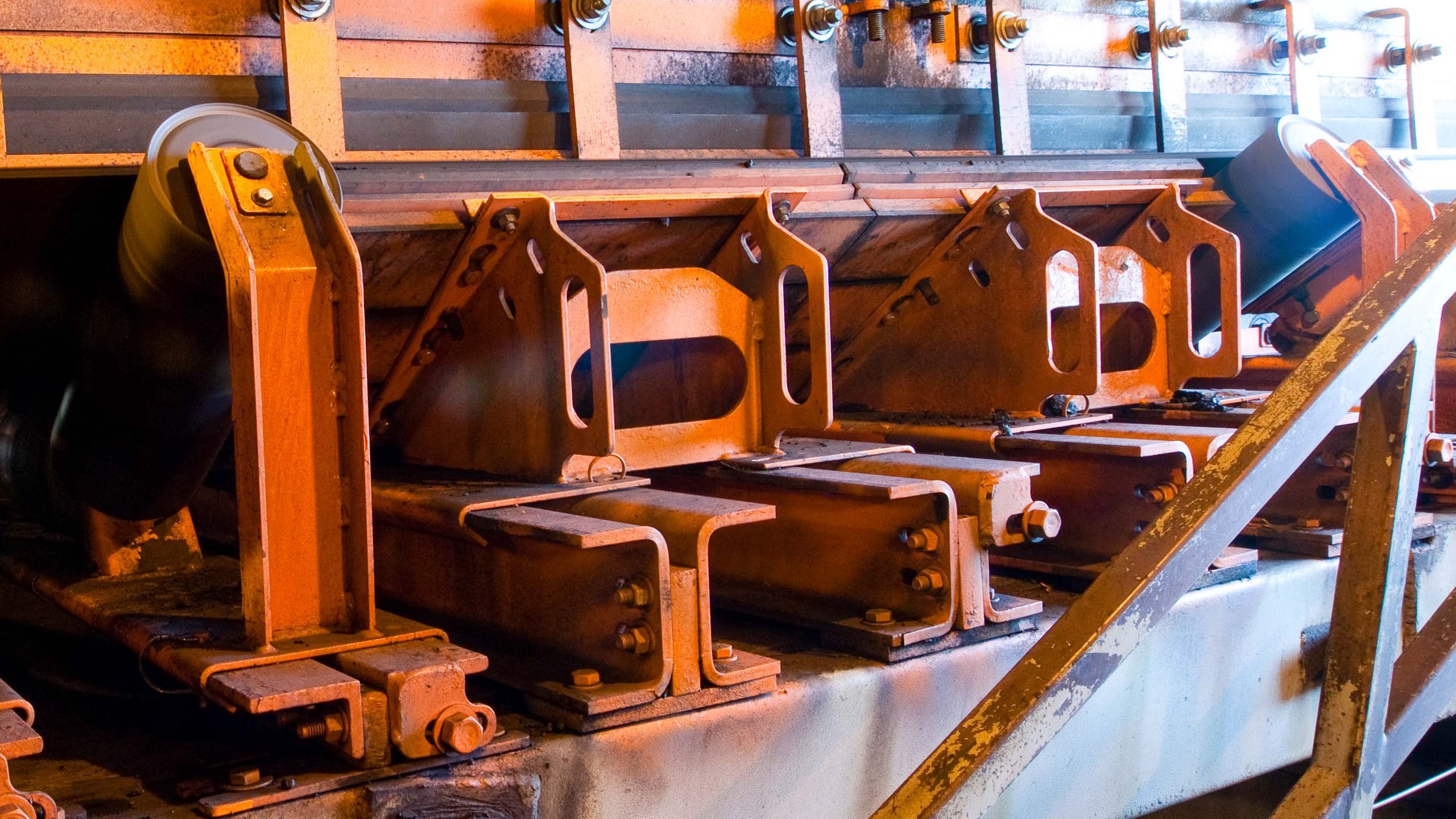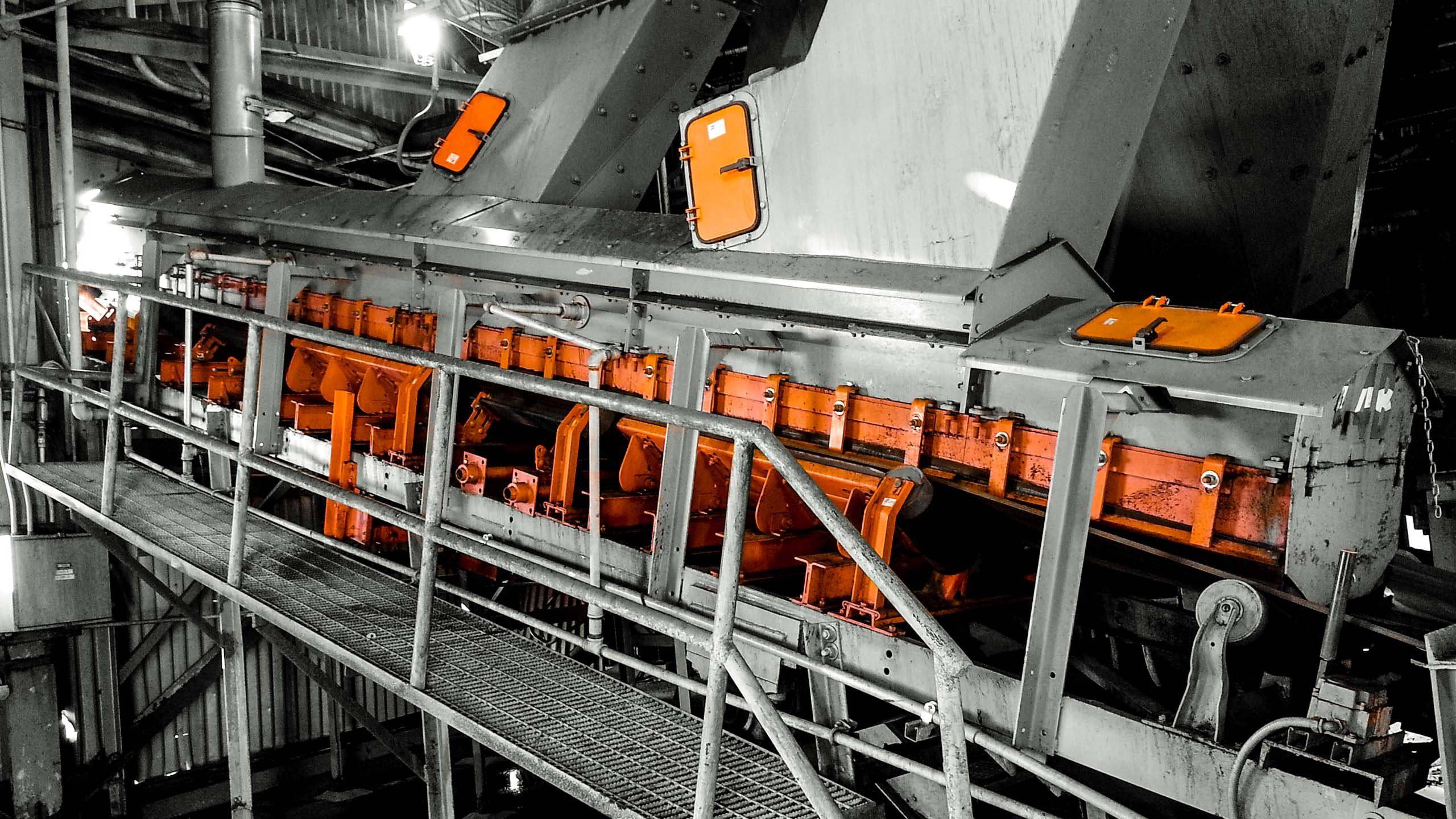It is a common misconception that the sealing system must be “softer” than the belt cover to ensure the seal wears before the belt, but there are a wide range of materials that can be appropriate for edge seals. The key factor to consider is not whether the material is harder or softer than the top cover, but whether it features a lower abrasion resistance than the belt. Abrasion resistance is not measured by durometer, a rating of hardness, but rather by an abrasion index, such as Pico, Deutches Instit für Normung (DIN), or Taber ratings.

Often belts will develop signs of wear at a fixed distance from their edge that appear to be caused by overly-abrasive or poorly adjusted belt seals. But generally this wear is actually the result of fines or other materials trapped underneath the seal. This entrapped material is most often seen on belts without proper belt support or on conveyors where material loading begins while the belt is in transition, as the changes in belt shape makes it easy for material to be trapped under the skirtboard.
It is also important to examine other nearby chutes and conveyors for leakage or spillage that could fall onto the belt.





















Leave Comment